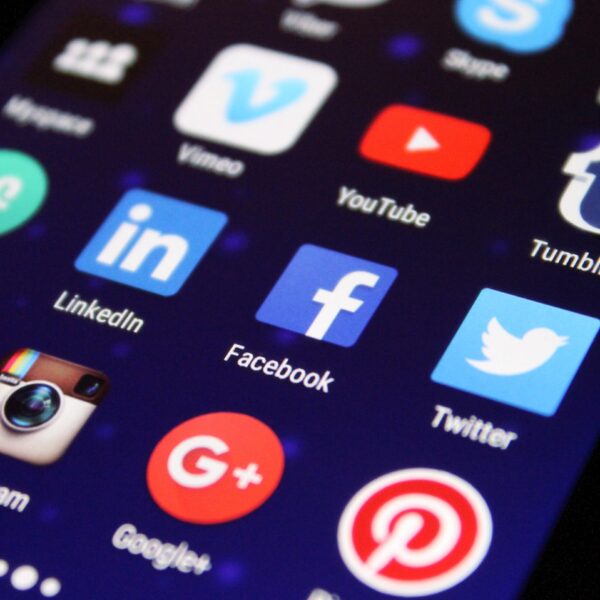Effective communication is critical to quality healthcare. Patients rely on healthcare providers to explain their health conditions, treatment options, and medication instructions. However, communication can become challenging in multilingual and multicultural societies, where patients may speak a language different from that of their healthcare provider. In such cases, healthcare providers may need to code-switch to accommodate the patient’s language preference and ensure effective communication.
Code-switching refers to the practice of alternating between two or more language varieties while communicating. It can also be used between languages where, after translating, a translator can code-switch to convey the message using culturally correct language.
In healthcare, code-switching often involves many layers. Formal medical terminology is far different from practical discussion and changes even more when multiple groups of healthcare professionals from different fields come together to work. Having the ability to understand and translate the ways each group speaks to create fluid conversation is vital as it ensures that healthcare workers understand each other and can relay proper information to patients in times of need without risking miscommunication.
The Need for Code-Switching in Healthcare
Multicultural and multilingual patient populations are becoming increasingly common in healthcare settings. In the United States, for example, approximately 22% of the population speaks a language other than English at home. Language barriers can lead to miscommunication, misunderstandings, and healthcare disparities. Patients who do not speak English fluently are less likely to receive preventive services, more likely to experience medication errors, and less likely to comply with treatment plans.
With that in mind, think about the damage that goes unnoticed when a linguistics barrier is in effect. We notice language barriers because we can hear them and both sides are aware that they are unable to effectively communicate. With a linguistic barrier, both sides often believe that the other understands what they are saying, meaning that there is rarely follow-up communication to ensure that understanding. This leads people to act on knowledge that is incomplete with false confidence, which can bring about dangers such as inaccurate diagnoses, inappropriate treatment, or even lacking patient satisfaction.
Code-Switching Examples and Strategies
When in a healthcare setting where people are speaking the same language, it can be easy to forget to pay attention to linguistics, but they are more important here than ever. Medical professionals have a common medical language, but, once they work in an environment for long enough, the dialects can change between departments, shifts, and experience. This is a natural aspect of spending extensive time with others, but it does become a problem if people forget to code-switch to the common medical language when discussing patients or diagnoses with one another.
There are also situations where a patient and a medical professional speak the same language, but the patient is not familiar with medical language. In a case such as this, medical professionals need to be aware of the community’s culture and try to translate what they are saying into the local dialect to ensure that a patient understands.
Examples of code-switching between languages is more than basic translating. People who code-switch while translating understand both dialects and linguistic implications, meaning that they understand what one side is saying and translate it over in a way that the other can understand. This may seem obvious, but translators who speak both languages involved, but do not understand the cultural aspects of the language run the risk of being unable to make their point understandable.
As an example, it is necessary to take the extra steps to translate English medical terminology and Spanish common language expressions when communicating with a Spanish-speaking patient or one might risk the diagnosis being left misunderstood. Code-switching can be an effective strategy for bridging the linguistic and cultural divide between healthcare providers and patients. However, it requires cultural and linguistic competence on the part of the healthcare provider.
Developing cultural and linguistic competence involves understanding the cultural norms, values, and beliefs of the patient and communicating in a manner that is respectful and sensitive to these factors. Strategies for effective code-switching in healthcare include developing cultural and linguistic competence, using professional interpreters and translation services, and employing clear and concise communication.
Benefits and Challenges of Code-Switching
Code-switching can have important implications for patient care and health outcomes. Patients who receive care in a language and dialect they understand are more likely to comply with treatment plans, report better health outcomes, and have higher levels of satisfaction with their healthcare providers. Code-switching can help to address healthcare disparities and promote health equity by ensuring that all patients receive care that is appropriate and accessible.
While code-switching can be an effective strategy for improving communication and health outcomes, it is not without challenges and controversies. Concerns about the accuracy and reliability of interpretation, as well as concerns about language standardization and linguistic diversity, have been raised. Additionally, implementing effective code-switching practices can be challenging, particularly in settings with limited resources or a shortage of trained interpreters.
Ultimately, code-switching is a critical tool for healthcare providers to ensure effective communication with patients from diverse linguistic and cultural backgrounds. Healthcare providers who develop cultural and linguistic competence and promote effective communication can help to address healthcare disparities and promote health equity. By recognizing and addressing linguistic and cultural diversity in healthcare, we can ensure that all patients receive the care they need and deserve.
If you are a healthcare provider who is looking to bring their strong communication skills to a new healthcare role, then apply to one of our open jobs here. If you are unsure of the type of job you are looking for, then send us an updated resume here and we will connect with you as soon as today!











